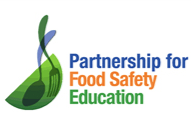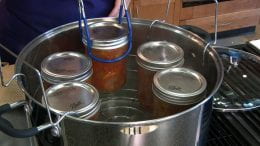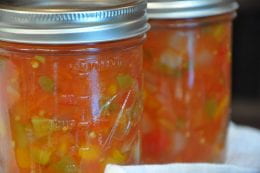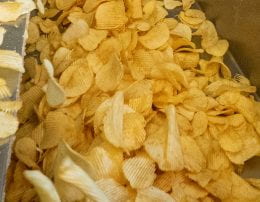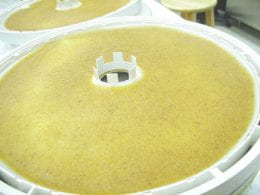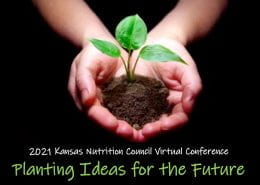 One of the ways consumers have survived being at home is having food delivered. In fact, from November 31, 2019-November 31-2020, online grocery and restaurant sales increased 125 percent. There has been no link to food as a cause of COVID-19 illnesses. But, all of these services still require safe food handling practices.
One of the ways consumers have survived being at home is having food delivered. In fact, from November 31, 2019-November 31-2020, online grocery and restaurant sales increased 125 percent. There has been no link to food as a cause of COVID-19 illnesses. But, all of these services still require safe food handling practices.
The Partnership for Food Safety Education conducted a survey of consumers who used food delivery services and how they handled those foods once they were delivered. They surveyed 657 consumers about their food handling practices for delivered meal kits, grocery items and prepared foods.
Results showed the following:
- 38% washed their hands for 20 seconds
- 56% sanitized food packages with the following methods
- 44% with alcohol or antibacterial wipes
- 6% with hand sanitizer
- 5% with soap and water
- 4% with bleach
- 1% with water
What do these results mean? Food safety practices can always improve through behavior change. Increased handwashing helps reduce many food safety risks. Handwashing before and after handling food and food packaging will further reduce food safety risks. Care should be taken to not allow soap, sanitizer or bleach absorb through packaging or touch food.
